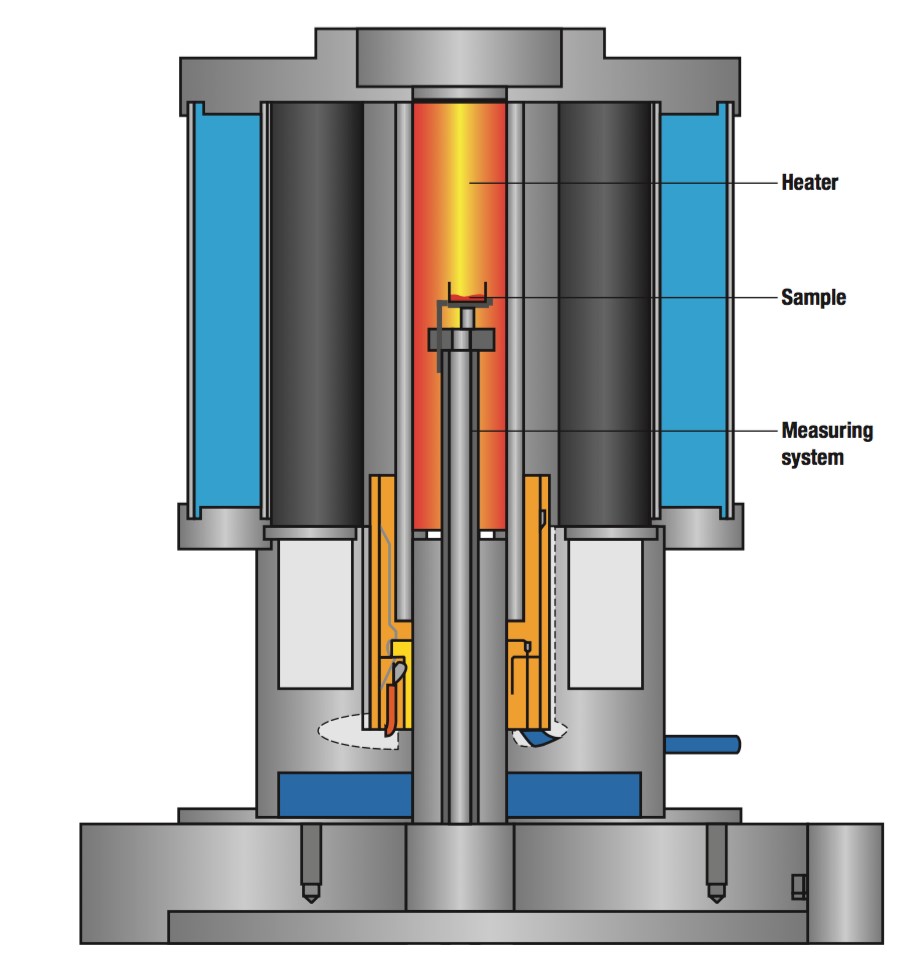Thermal Gravimetric Analysis (TGA)
Based on the comprehensive biophysical characterization platform established through years of experience, scientists from Creative Biostructure are highly experienced and knowledgeable in the application of thermogravimetric analysis or thermal gravimetric analysis (TGA) on food, pharmaceuticals, polymers as well as many other materials.
TGA is a method of thermal analysis, in which the mass of the samples is measured against time or temperature while the temperature of the samples is programmed in a controlled atmosphere. This analytical technique is commonly employed in determing the composition of samples and predicting their thermal stability. From TGA analysis, we can provide information about chemical phenomena and physical phenomena, including chemisorptions, dehydration, decomposition, solid-gas reactions (e.g., oxidation or reduction), vaporization, sublimation, absorption, and desorption. In essense, TGA can assess the samples that exhibit weight loss or gain owing to decomposition, oxidation, or dehydration.

Figure 1. The diagram of a typical TGA system.
Typical applications of TGA include:
- Determining thermal stability-if a material (such as ceramic or polymer) is thermally stable, there will be no observed mass change.
- Determing oxidative stability-oxidative mass losses are the most common observable losses in TGA. Thus, it is very important to analyze the resistance to oxidation in copper alloys.
- Compositional analysis-temperature and weight change of decomposition reactions can allow quantitative composition analysis.
- Determining the purity of a mineral, inorganic compound, or organic material.
- Measuring the weight of fiberglass and inorganic fill materials in laminates, plastics, paints and composite materials.
- Determining water/carbon content or other residual solvents in a material.
- Allowing analysis of reactions with air, oxygen, or other reactive gases.
- Enhancing product formulation processes or ensuring product safety.
Creative Biostructure’s TGA instruments can be utilizied to ramp temperature from room temperature to 1000°C in different gas atmospheres such as nitrogen, air or other inert gases. In addition, sample weight can range from 1 mg to 150 mg, and the sensitivity of weight change is 0.01 mg.
Our MagHelix™ analytical methods for biophysical characterization of biomolecules include but are not limited to:
- Protein Thermal Shift Assay
- Surface Plasmon Resonance
- Isothermal Titration Calorimetry
- Differential Scanning Calorimetry
- Saturation-Transfer Difference
- Bio-Layer Interferometry (BLI) Technology
Creative Biostructure also provides custom Mempro™ Membrane Protein Services for your specific projects. Please feel free to contact us for a detailed quote.
Ordering Process
References:
A. W. Coats and J. P. Redfern (1963). Thermogravimetric Analysis: A Review. Analyst, 88(1053): 906-924.
Thermogravimetric analysis. Wikipedia. https://en.wikipedia.org/wiki/Thermogravimetric_analysis.
X. Liu, and W. Yu, (2006). Evaluating the Thermal Stability of High Performance Fibers by TGA. J. Applied Polymer Sci., 99:
937-944.
